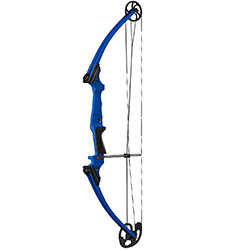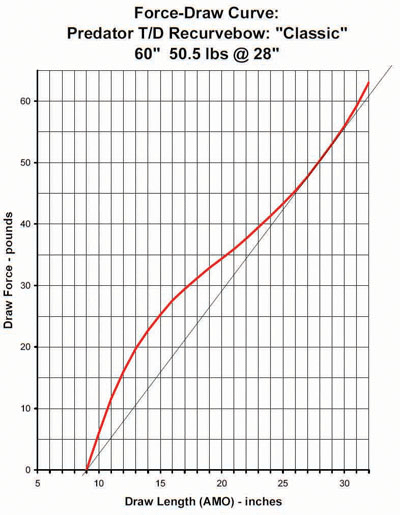Yumi Bow Velocity

In this day and age the art of kyudo has transformed into a physical spiritual and mental discipline since it lost its.
Yumi bow velocity. Serving as an introduction to the physics of historic military technology we ll look at a paper by timo a. The yumi is a long draw bow and delivers more energy than you might expect from the draw weight. It was the long range weapon of the samurai. Nieminen which examines the design and physics of two of the most famous classes of bows found in asia.
The practice of japanese archery is called the kyudo and this art can be traced all the way back to two origins. Afaik there s no standard draw length at which these draw weights are measured. It s common to see these weights measured at 80cm 85cm and 90cm depending on the size of the bow for bows are designed for draws less than 85cm 85 90cm and 90cm. The manchu bow sometimes known as the mongol bow and the japanese yumi both hankyu short bow and daikyu long bow and looks at how these various designs worked to.
The yumi is always supposed to be taller than the man who wields it. The bow is traditionally made from laminated bamboo wood and leather. The kyudo bow yumi the martial art in japanese is known as kyudo which means the way of the bow. A perfectly uniform pole has nodes at 1 4 and 3 4 of the way from the ends or 1 2 if held taut at the ends these positions will change significantly with shape and consistency of the bow material.
Today i will talk about the japanese yumi which is the bow used in kyūdō or kyūjutsu which are both japanese forms of archery used originally by the samurai. The hand holding the yumi may also experience less vibration due to the grip being on a vibration node of the bow. Form and specialities of the yumi. The yumi was an ancient japanese bow.
Its length ranges from 212 cm 245 cm 6 ft 11 in 8 ft. The yumi is easily the world s longest bow. The yumi is a tall asymmetrical bow with the grip about one third the distance from the lower tip with the upper and lower curves differing in shape. This material is easily damaged so the.
One is combat archery that is linked with hunting and warfare while the other is the ceremonial form of archery that is associated with shinto.














